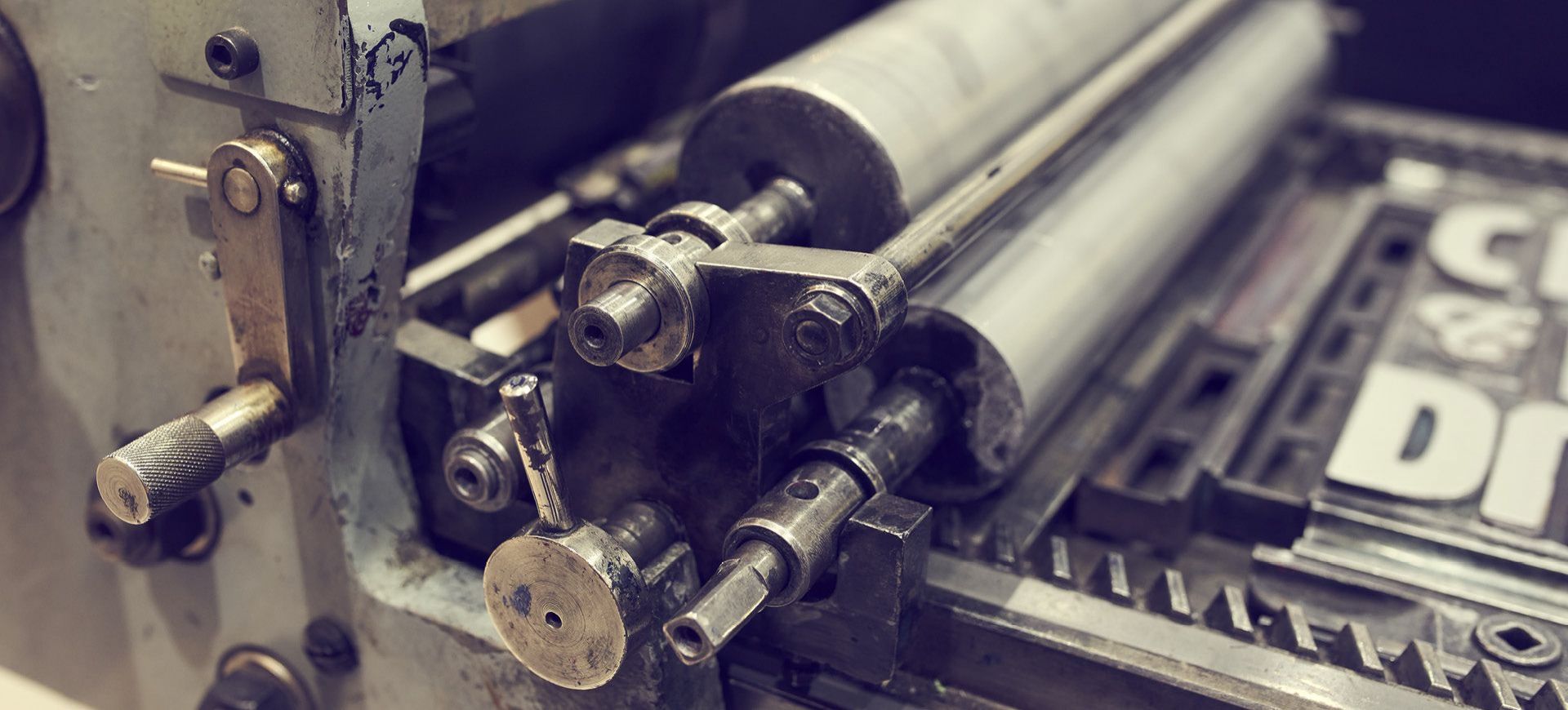25th Oct 2018

25th Oct 2018
1940s Brochures
Early brochures had none of the tech-driven design advantages that we rely on today. Instead, fonts were hand drawn and creativity was limited to what could be put together by the human hand and eye. The range of colours available was also small, primarily due to the cost involved in printing. Photography was not as widely used as illustration and early brochures were not as effective, as the designs that we see today, in terms of positioning marketing messages.
1950s Brochures
Perhaps the biggest change in brochure design in the '50s was the increasing use of photography. Although hand drawn illustrations were still popular, photography techniques and printing capabilities now made it easier to use photos in brochure design. The rising use of photography in this period brought a realness to brochure design that enabled business to make their messaging more effective and relevant.
1960s Brochures
By the 1960s, printing technology was making more creative design possible and bringing associated cost prices down. As a result, brochure design began to incorporate a much wider variety of colour. This was not only the case for illustrations, font etc but also for photography, which was now becoming fairly standard in brochure design. Developments, such as Kodak's introduction of instant color film in 1963, now put the inclusion of affordable colour photos within reach for everyone.
1970s Brochures
The '70s was the last decade in which graphic design was handled manually and designers had to physically place elements and concepts. Colour photography in printing was now prominent and most brochures were created on the basis of a photo-centric design with bold, bright colours that reflected the creativity of the decade.
1980s - onward
When technology began to impact on graphic design and printing in the 1980s, you could say everything changed forever. Desktop publishing software made it possible for more complex and involved designs to be created and for editing to be less destructive and easily executed. Although many concepts for brochures still started as hand drawn, computers soon took over as a much simpler way to achieve better design and to enable brochures to be refined and adjusted so that multiple versions could be quickly viewed.
The range of colours available increased significantly, as did the quality of the final printed results. Photography became standard - with an entire industry developing around the provision of stock photography - and the process of printing brochures became more cost effective, making brochure design accessible to every business.
Today, it's simpler than ever to create highly effective and impactful brochures that form a crucial part of marketing and business development across every sector.
Want a brochure designed for yourself? Give us a call or email.